Lora Pope is a travel content creator who’s been wandering solo for over a decade. She lives a nomadic lifestyle and is on a quest to visit every country in the world - always on the lookout for new adventures, hidden gems, and dogs to pet. Follow her adventures on Instagram and Explore with Lora.
Here is an expert’s guide to Bedouin Culture in Jordan:
By Lora Pope
Travelers come to Jordan to see the wild landscapes, learn about the fascinating ancient history and engage with the cultural heritage. Bedouin tribes are an integral part of the culture of Jordan. You’ll find many throughout the country greeting you with a warm smile and cup of tea.
This guide will help you understand how Bedouin culture has evolved over the centuries and how best to experience it as a traveler in Jordan today.
History of Bedouins and the Arabian Peninsula
Bedouin Camp by Ashley Blake
The Bedouin tribes have roamed the Arabian peninsula for Millenia, herding animals through the desert between the Levant and Arabia.
Bedouins have been an integral part of society in Arabia ever since history was recorded. Early in time, they lived a nomadic lifestyle where they practiced animal husbandry and traveled from place to place looking for shelter, better pastures, and water. Most lived in the eastern desert in the summer, and in the winter, they moved into the Jordan Valley where it is warmer.
The Bedouins in Jordan are similar to the Bedouin tribes southern Palestinian desert, Sinai, Arabia and Sahara Africa. There are variations in the food depending on the vegetation, but generally, much of the lifestyle is similar, including language, traditions, clothing, and animal husbandry.
However, over the centuries, modernization has played a considerable role in the lifestyle of Bedouins in Jordan.
How the lifestyle of Bedouins in Jordan has evolved
Arriving at our Bedouin Camp in Wadi Rum by Hiep Le
While most Bedouin tribes used to be fully nomadic, only about 2 % are today. Amenities like hot water and electricity pushed more Bedouins to adopt a modern lifestyle over the last 100 years. It is now a matter of choice and convenience.
A good percentage of Bedouins in Jordan live a hybrid lifestyle where they live in small, permanent houses in towns and villages while still maintaining a traditional tent in the wilderness during the pasture seasons in the spring and summer.
While many still work in animal husbandry, they also typically work another job on the side, often in tourism. Many Bedouins work full-time in places like Wadi Rum and Petra, where tourism is prevalent.
Bedouin traditions:
Hospitality
The first thing you’ll likely notice about Bedouins is how hospitable they are to guests. It is a tradition that guests can stay for up to three days when they arrive at a Bedouin's home, and only on the fourth day is the host allowed to ask about the visitors' intentions.
Ashley & Lora enjoying breakfast and a chat with locals.
This ingrained hospitality is an integral part of the culture that dates back thousands of years for anthropological, traditional, and religious reasons.
In the traditional nomadic lifestyle, it came out of necessity. It was not practical to store food for long periods of time, so if one Bedouin tribe killed an animal for food, they would invite their neighbor over to eat it with them. They would expect the same in return. Reciprocal hospitality naturally evolved due to the harsh conditions they had to survive in.
It also originates from traditional Arabic hospitality. The Hashemites, the most honorable tribes of Arabia, claim lineage to a man called Hashem from Mecca. He was known to feed visitors who came to Mecca, and that was his honor. It then became a tradition that the more hospitality you could show, the more honor you gained - which is still prevalent throughout Arabic culture today.
Hospitality also comes from religion. When the Islamic tradition started spreading throughout Arabia, Mohammed emphasized your neighbor’s rights and that it is an honor to help them. Your guest is the guest of God, so when you show generosity to a guest, you are honoring God.
Judicial system
Another Bedouin tradition that is still prevalent today is the Judicial system.
Historically, Bedouins have had an independent tribal justice system used to resolve issues between tribes. That tribal system still exists today but coexists with the modern judicial system in Jordan. However, the government will let the tribes resolve many issues on their own first and only step in if necessary.
Bedouin tea and Bedouin coffee
Serving guests coffee is an integral part of Bedouin culture. Not only is it the first thing you offer a guest, but they prepare it before a guest even arrives as a way to invite them.
Serving Bedouin tea by the fire by DJ Ramirez
A traditional Bedouin coffee grinder was a large mill made out of pistachio wood that would make a melodic tune when the beans were being ground. The melody echoed through the desert, and anyone who heard it knew that this household was inviting them over for coffee.
If a Bedouin household does receive a guest, the first thing you do is serve them coffee. If a guest doesn’t drink that cup right away, it becomes the “cup of the sword.” This means this guest has come with a matter of urgencies, such as marriage or warfare, and they won’t drink the coffee until the request is met.
If the host replies positively to the request, the guest will drink the coffee. That tradition is still practiced today, especially for marriage proposals.
As a visitor today in a Bedouin tent, you will likely be served Bedouin tea which has become integrated into the culture.
They use black tea imported from Sri Lanka and India, mixed with locally grown herbs. Despite the hostile environment of the desert, over 100 species of plants thrive in Wadi Rum, including sage, mint, and rosemary.
Bedouin food
Making za’arb, a traditional underground cooking style DJ Ramirez
Traditionally, Bedouins ate a very simple diet. The main staples of food included bread, yogurt, dates and other dried fruit, milk, and occasionally meat (usually goat or lamb). They would often cook foods in goat fat.
They often cooked meat by campfire or Zarb, a traditional Bedouin underground oven. Much like BBQ, it is started by digging a hole in the soft sand and then cooking down wood into coals. The food is placed over the coal, the hole is covered in sand, and the food is left undisturbed for several hours until it is cooked through.
Today, Bedouin food and diet are more varied with access to modern amenities. While visiting or staying overnight in a Bedouin camp, you will love trying the delicious variety of food and spices, including zarb, za’atar (wild thyme), flatbreads, rice, yogurt, olives, olive oil, tahini, pickles, sage, and mint. Enjoying the cuisine in Jordan is one of the best parts of traveling here!
Bedouin camps
While most Bedouins now live a hybrid lifestyle today and only live in camps for part of the year, they are still a prevalent part of the culture.
Bedouin Camp in Little Petra set up for guests by Hiep Le
Bedouin tents are traditionally supported by tree trunks with two main units. The larger part of the tent is the communal guest unit, and the smaller unit is for the women. However, the area is only separated by a small screen. If the men are hanging out in the larger unit with the guests and a woman doesn’t like what they hear coming from the other room, they will pull down the screen and voice their opinion!
As a visitor, the tents you are likely to see in Jordan are the ones for guests. There will likely be some small crafts for sale and a communal area where you can sit down and have a cup of tea or coffee. While visiting a tent in Wadi Rum, a couple of Bedouins invited us to sit down and share their breakfast with them, which was a wonderful experience.
The inside of the tents is decorated with beautiful color patterns and prints, often dyed from natural material found outside.
Experience Bedouin Culture in Jordan with Traverse Journeys
The best way to enjoy a Bedouin experience in Jordan is by visiting a local Bedouin village, which you will have plenty of opportunities to do while traveling with Traverse Journeys on their Taste and Trails of Jordan trip.
Our first encounter with Bedouins in Jordan was when we arrived at our Little Petra Bedouin camp. In traditional Bedouin hospitality, we were warmly greeted with a hot cup of tea before being shown to our rooms. At the camp, they had a wonderful dinner prepared for us as well as a communal tent full of brightly colored patterns with live traditional music.
The next day we set off for a day hike from Little Petra to Petra, where we came across many small Bedouin huts along the trail, serving deliciously spiced coffee and tea that kept us warm along the way. This is a key part of preserving the Bedouin lifestyle while including them in the modern tourism economy. A win-win for both the local community and the visitors!
Arriving in the heart of the ancient city of Petra, we encountered many more Bedouins who gave us the opportunity to try on some traditional eyeliner that many still wear today.
It’s not just for looks; the black eyeliner helps block out the sun's glare, which is helpful while traveling through the desert. Talking about the beauty of the eyes was a major theme in Bedouin poetry, so it makes sense that they would highlight them. And if you look at the markings under the Arabian orex, it’s a very similar look.
From Petra, we headed to the desert of Wadi Rum, where one of the largest concentrations of Bedouins live in Jordan today. We stayed at Rainbow Camp in small Bedouin tents. After watching the most beautiful sunset over the rocks behind the campsite, we returned to camp where they prepared Zarb - the traditional underground BBQ cooking style.
After a delicious group dinner in the communal camp area, we spent the evening listening to stories around a campfire, gazing up at the stars in Jordan’s pristine wilderness.
These experiences are a fantastic way to understand the way of life for Bedouin people today and were some of my favorite memories of my trip to Jordan with Traverse Journeys.
Want to join Traverse Journeys in Jordan? Check out the Taste & Trails of Jordan itinerary below!




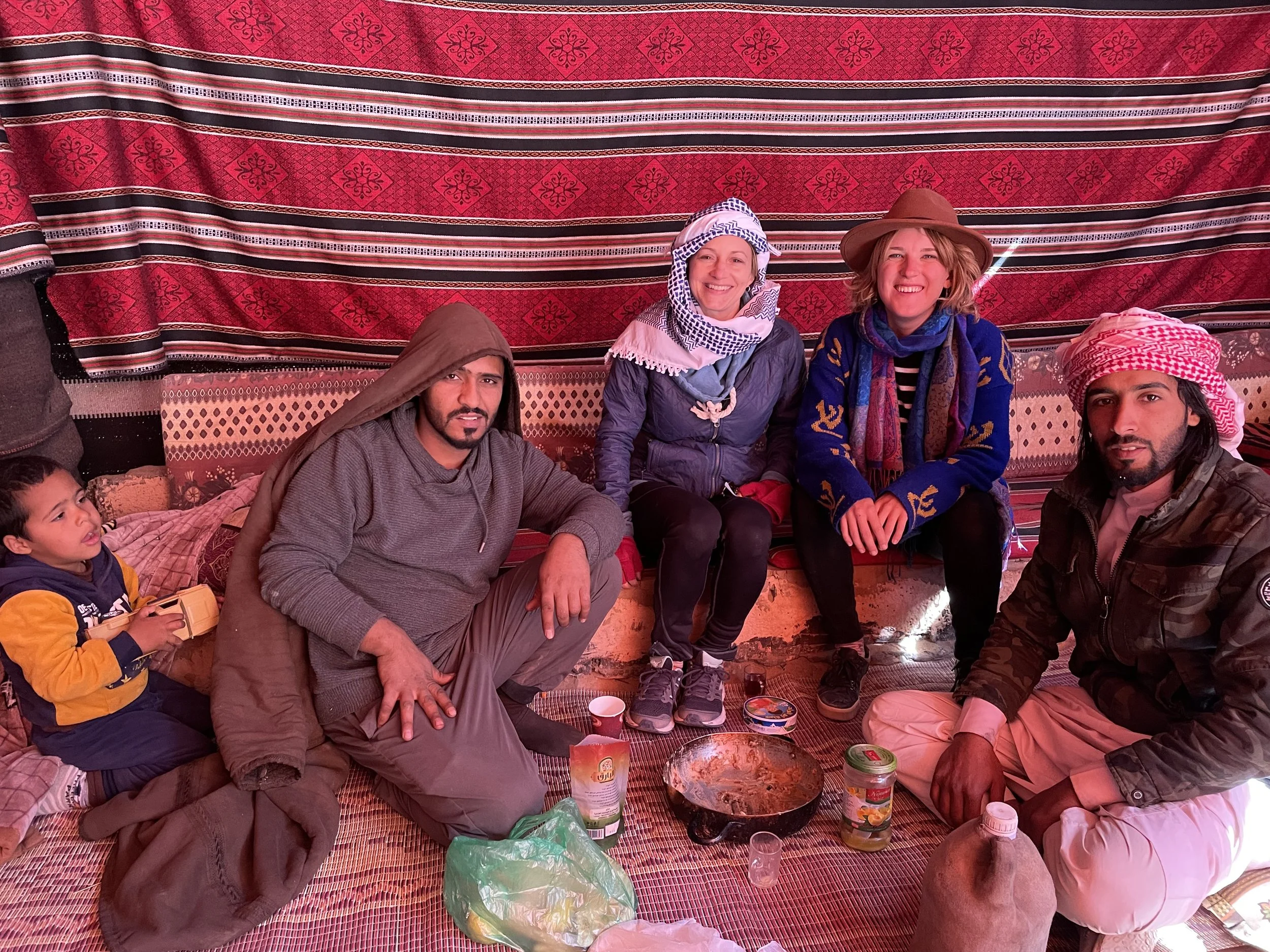
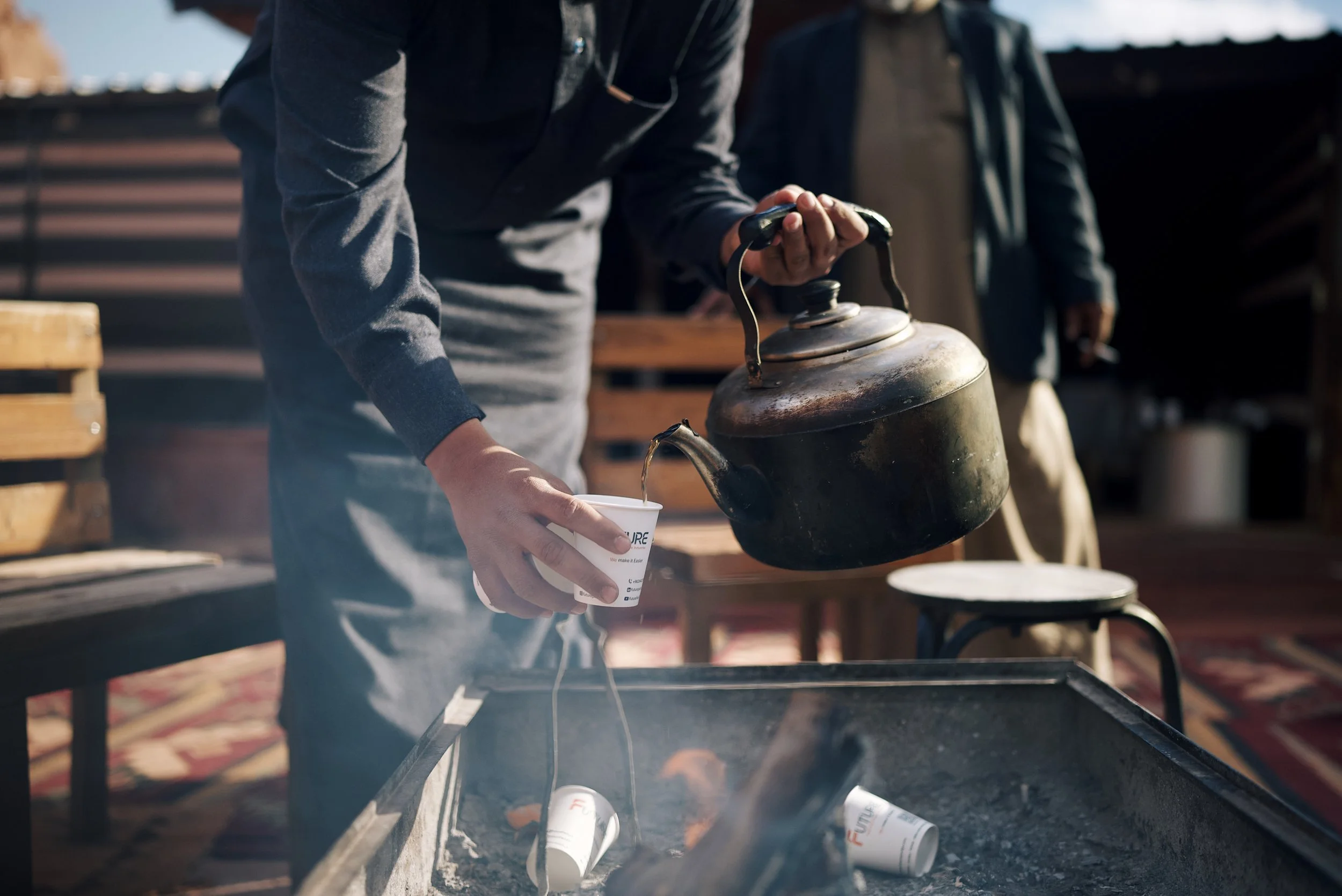

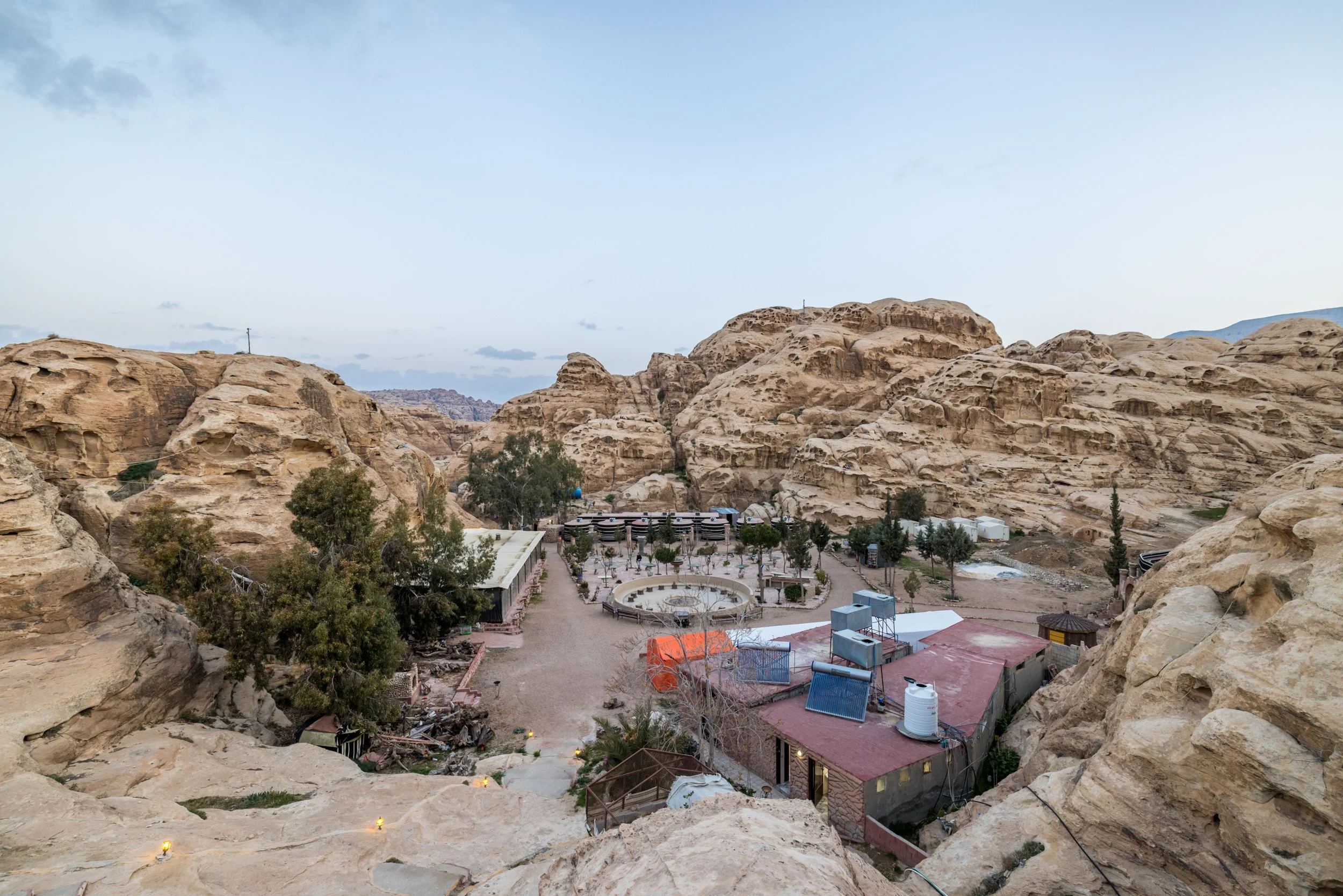





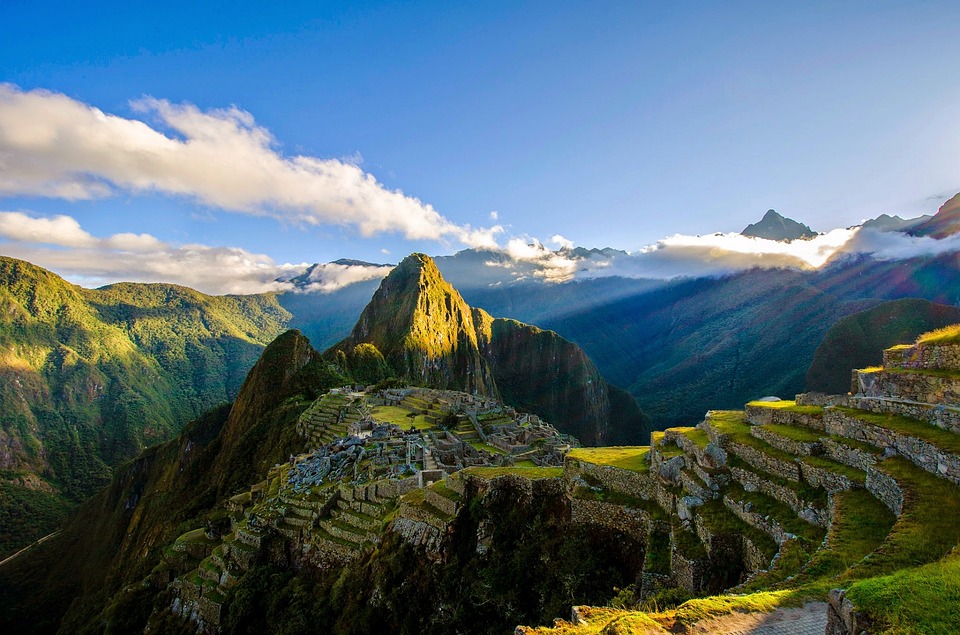


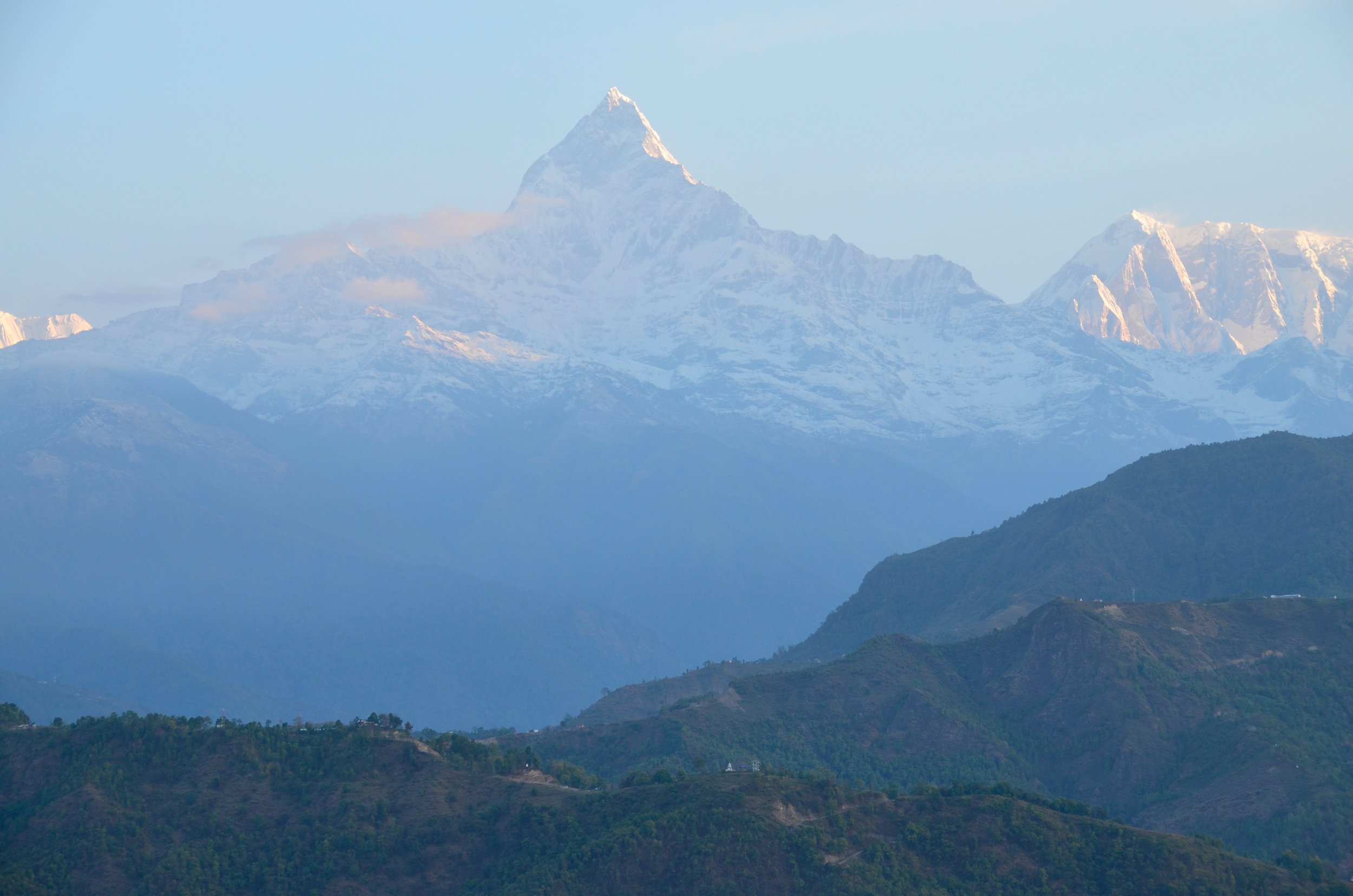


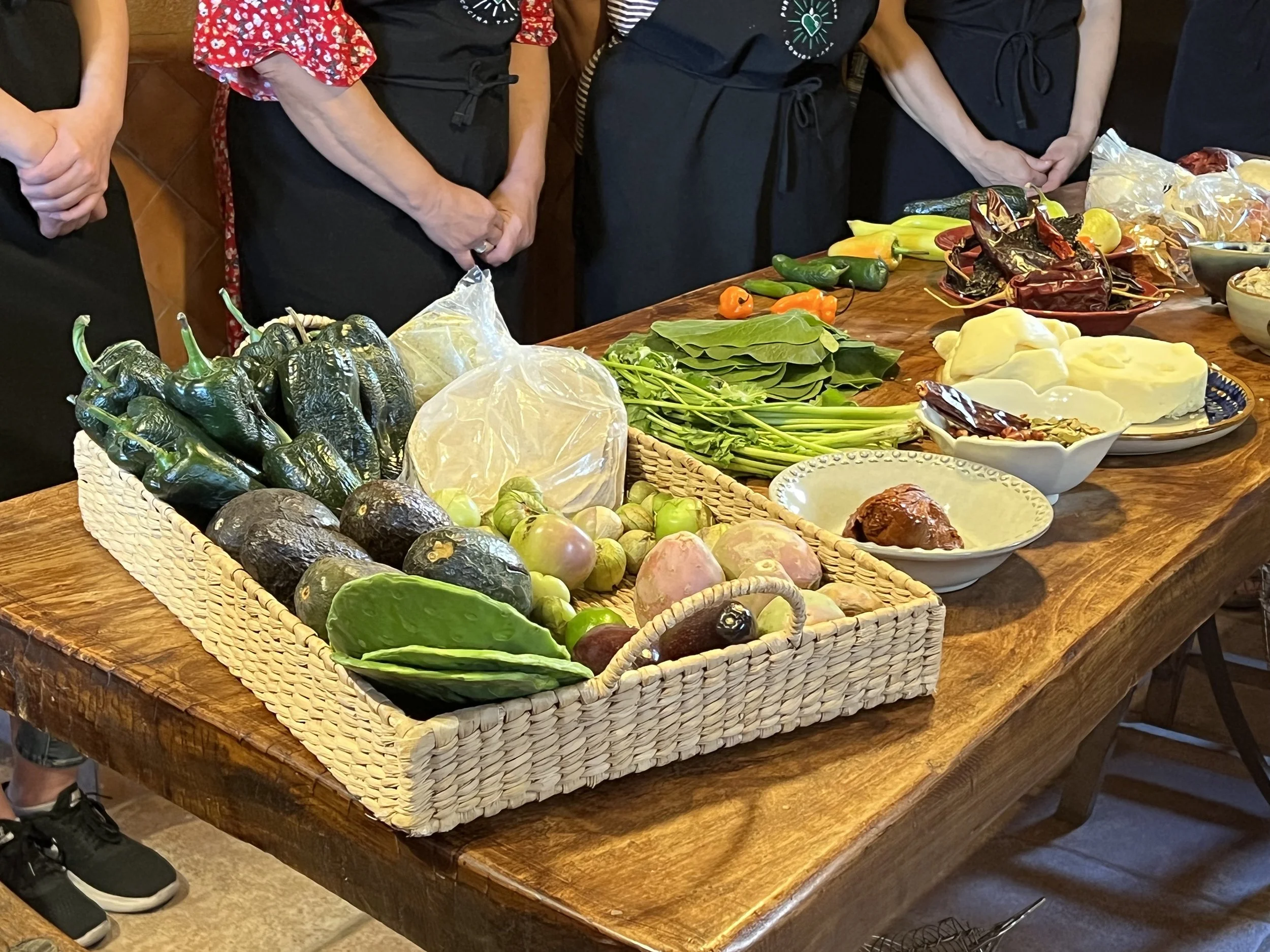









Whether you’re a social butterfly or more of an introverted traveler, there are plenty of creative, interactive ways to make travel friends. From making friends with locals and other travelers, here are the best ways to make connections while on the road: